Exchange Dag
Backing up just the passive node of a DAG cluster will still provide full recovery options Provided replication of information is current between each cluster node, a backup of the passive node should still properly truncate Exchange transaction logs Please confirm transaction logs are truncating after backing up the passive node.

Exchange dag. This article will demonstrate the step by step process for installing cumulative updates for Exchange Server 13 DAG Servers The steps for installing cumulative updates on Exchange 13 are Prepare by downloading update files, checking backups, and reviewing known issues After downloading CU Mount into your DVD ROM drive. When having a Database Availability Group (DAG) within Exchange you have the peace of mind that your mailboxes are being replicated between sites and one of the servers goes down, users will be able to work with no manual intervention Within a normal and healthy environment, doing a failover to another member in the DAG should be easy and should be tested from time to time. I just started remote registry services on all the exchange servers ) now i can add the DBs on the servers as well as DAG Thanks for your help Thursday, October 23, 14 241 PM.
Step 4 DAG Configuration To create a DAG, open Exchange Admin Center (EAC) Select Servers on the features pane and select Database Availability Groups tab in the main window Here, click Add “” to create new DAG New database availability group page will open Under DAG name, type the name of the DAG The name of DAG must match the CNO object created in Active Directory. DAG (Database Availability Group) is a collection of about 16 server mailboxes, which form the base component of Exchange Server It hosts databases by providing an automatic recovery of databaselevel if it all anything goes wrong with servers or databases. Relecloud has an Exchange Server 13 Service Pack 1 (SP1) organization The organization contains six servers The servers are configured as shown in the following table The organization has the following configurations EX1, EX2, and EX3 are members of a database availability group (DAG) named DAG1.
Backing up just the passive node of a DAG cluster will still provide full recovery options Provided replication of information is current between each cluster node, a backup of the passive node should still properly truncate Exchange transaction logs Please confirm transaction logs are truncating after backing up the passive node. Witness is a different windows machine (non of the exchange) All 3 nodes can talk to each other, everything seems to be fine Exchange is latest version Version 150 (Build ) >>What type of DAG you created for Exchange 19?. You create a database availability group (DAG) and add one of the mailbox servers like Exchange 16 mailbox server to the DAG first Unexpectedly, the Exchange 19 mailbox server can also be added into the same DAG and vice versa Two rules are violated here Exchange 16 and Exchange 19 should not be the member of same DAG.
A database availability group (DAG) is the base component of the Mailbox server high availability and site resilience framework built into Microsoft Exchange Server A DAG is a group of up to 16 Mailbox servers that hosts a set of databases and provides automatic databaselevel recovery from failures that affect individual servers or databases. A database availability group (DAG) is a high availability ( HA) and data recovery feature of Exchange Server 10 A database availability group, which can consist of up to 16 Exchange mailbox servers, automates recovery at the database level after a database, server or network failure Database availability groups replaced Exchange Server 07’s highavailability model, which was based on local continuous replication (LCR), standby continuous replication (SCR), single copy clustering. Exchange 13 DAG across 3 servers Server A has half of our active databases (AM) and half passive databases (NZ) Server B has the other half of our active databases (NZ) and half passive databases (AM) There is a 3rd DAG server, Server C, which only has passive copies (AZ) I'm experiencing an issue where the "Microsoft Exchange Writer" VSS writer goes missing after one or two successful Backup Exec jobs.
Understanding Database Availability Group(DAG) in Exchange 10 Database Availability Groups(DAGs) in Exchange 10 is data redundancy, high availability and disaster recovery feature Adding Multiple mailbox servers to the DAG and replicating all mailbox databases with other member servers provides automatic failover recovery at the database level. Yes, a dag is a replication boundary and moving mailboxes to 19 dag is no different than moving mailboxes from exchange server to exchange server It can share the same name space as your 16 dag and you are correct, you would add the 19 nodes to the load balancer when you are comfortable. Exchange server 10 DAG on defferent subnet Unable to add second node to DAG Incorrectly Configured Static Address when creating a DAG Microsoft Enterprise Technologies Thanks.
Exchange DAGs are a set of 2 to 16 Microsoft Exchange mailbox servers, which use database replication and failover technologies to provide high availability and data protection against failures Each Exchange server, that is a DAG member, can host one copy of each mailbox database with a maximum of 100 databases per server. Some say, “I have HyperV replicas as my backup” or “Why the hell do I need another Exchange server to manage?”. Re Exchange 13 DAG The immediate solution is to remove transition logs, which will free up plenty of space in the disk To clear up transaction logs (If you don't need the logs further), enable circular logging for the database Mount and unmount the databases is needed to take effect the changes.
Precreating the computer object in Active Directory is not hard to do You first create the DAG name, for example, MBXDAG01, and then disable the object as once you create the DAG in Exchange, it will enable it You need to add the two servers and the Exchange trusted subsystem (if not there already) with full access to the object. Exchange 10 does an excellent job of hiding the complexities of Windows clusters and in normal operation you aren’t aware that the DAG operates on top of a cluster The clusters created by Exchange to be used for DAGs must be dedicated to the DAGs and not used for other purposes. The DAG is the fundamental Exchange subsystem for ensuring HA The DAG was first introduced in Exchange 10 and quickly became one of the most important subsystems within Exchange The DAG is a group of up to 16 Exchange servers that automatically copies databases between members to provide redundancy in the event of a failure at either the database or the server level.
You create a database availability group (DAG) and add one of the mailbox servers like Exchange 16 mailbox server to the DAG first Unexpectedly, the Exchange 19 mailbox server can also be added into the same DAG and vice versa Two rules are violated here Exchange 16 and Exchange 19 should not be the member of same DAG. The important things, after you implement an Exchange DAG setup, are backup, monitoring and health The database setup, hardware, backup, and monitoring will surely keep your Exchange Admins busy With the right people and hardware, your data is somewhat safe. Exchange 10 does an excellent job of hiding the complexities of Windows clusters and in normal operation you aren’t aware that the DAG operates on top of a cluster The clusters created by Exchange to be used for DAGs must be dedicated to the DAGs and not used for other purposes.
A DAG (Database Availability Group) is the fact of putting one or more databases in high availability under Exchange in order to ensure continuity of service The procedure is similar to Exchange 16 and already available on the site, I will not go into as much detail. Donate Us paypalme/MicrosoftLabConfigure Database Availability Group (DAG) in Exchange 191 Prepare DC1 Domain Controller(Yivn) DC2,DC3,DC4. One of these features is Database Availability Group (DAG) that can contain a set of up to 16 MS Exchange Mailbox servers used for automatic Database level recovery from database after failure When the user adds a server to a Database Availability Groups (DAG), it works with the other servers in the DAG in order to provide automatic databaselevel recovery from database, network or server failures.
I have an onprem Exchange 13 environment that consists of a single CAS server, and two Mailbox Servers The mailbox servers are configured as a twonode DAG) I want to establish an Office 365 hybrid solution, and while I've found quite a bit of info regarding such a setup where the onprem severs are running CAS and Mailbox on the same box. Exchange by Matt Krause On a high latency network, it may be necessary to adjust the heartbeat settings of the DAG cluster This is likely the case if your DAG spans multiple sites There are four cluster properties that we need to be aware of in the case of a DAG running on a high latency network. The important things, after you implement an Exchange DAG setup, are backup, monitoring and health The database setup, hardware, backup, and monitoring will surely keep your Exchange Admins busy With the right people and hardware, your data is somewhat safe.
I have an onprem Exchange 13 environment that consists of a single CAS server, and two Mailbox Servers The mailbox servers are configured as a twonode DAG) I want to establish an Office 365 hybrid solution, and while I've found quite a bit of info regarding such a setup where the onprem severs are running CAS and Mailbox on the same box. Donate Us paypalme/MicrosoftLabConfigure Database Availability Group (DAG) in Exchange 191 Prepare DC1 Domain Controller(Yivn) DC2,DC3,DC4. You create a database availability group (DAG) and add one of the mailbox servers like Exchange 16 mailbox server to the DAG first Unexpectedly, the Exchange 19 mailbox server can also be added into the same DAG and vice versa Two rules are violated here Exchange 16 and Exchange 19 should not be the member of same DAG Windows 16 and Windows 19 should not be the member of same DAG.
The Exchange DAG Health Details test provides the mailbox database copylevel insights that will enable administrators take such decisions The test keeps an eye on the status of each mailbox database copy and alerts administrators to abnormalities in status The test also reports the activation preference configured for every mailbox database copy and reveals how the lag time configurations per mailbox database copy are affecting the copy and replay queue lengths. Yes, a dag is a replication boundary and moving mailboxes to 19 dag is no different than moving mailboxes from exchange server to exchange server It can share the same name space as your 16 dag and you are correct, you would add the 19 nodes to the load balancer when you are comfortable. Following are two useful cmdlets help quickly check the health of all DAGs in your Exchange environment GetMailboxDatabaseCopyStatus will show status information about your databases that are part of a DAG Following cmdlet will check all the databases in all the DAGs present in your environment.
One of these features is Database Availability Group (DAG) that can contain a set of up to 16 MS Exchange Mailbox servers used for automatic Database level recovery from database after failure When the user adds a server to a Database Availability Groups (DAG), it works with the other servers in the DAG in order to provide automatic databaselevel recovery from database, network or server failures. Some say, “I have HyperV replicas as my backup” or “Why the hell do I need another Exchange server to manage?” In some cases, I have seen an Exchange DAG save a customer when they lost a host and all the virtual machines on it or a physical Exchange server and the second copy kept them running. Understanding Database Availability Group(DAG) in Exchange 10 Database Availability Groups(DAGs) in Exchange 10 is data redundancy, high availability and disaster recovery feature Adding Multiple mailbox servers to the DAG and replicating all mailbox databases with other member servers provides automatic failover recovery at the database level.
Exchange DAG Set it up before a disaster takes you down Exchange database availability groups (DAG) have been around since Exchange 10 So why are some admins under the impression they don’t need them?. Create Database Availability Group 22 Login to Exchange Admin Center > select Servers > select Database Availability Groups and select add button 23 Type DAG name > Witness Server Name > Witness Location > Add Two DAG IP Address (Static IP for the DAG) 1 for Primary Site and 1 for DR site. Exchange by Matt Krause On a high latency network, it may be necessary to adjust the heartbeat settings of the DAG cluster This is likely the case if your DAG spans multiple sites There are four cluster properties that we need to be aware of in the case of a DAG running on a high latency network.
Exchange database availability groups (DAG) have been around since Exchange 10 So why are some admins under the impression they don’t need them?. Validate a cluster Exchange 16 IPLess DAG Introduction When troubleshooting issues with an Exchange IPLess/ADDetached Database Availability Group you cannot use the Failover Cluster Manager to connect to the cluster In this post, I’ll demonstrate how to validate a cluster in this scenario for Exchange 16 or 13 SP1 DAGs on Server. The high availability feature of DAG backups improves Exchange Server data backups and data recovery You can use Exchange Server 10 and later features with DAG backups Database Availability Group (DAG) backups Database Availability Group (DAG) backups.
When having a Database Availability Group (DAG) within Exchange you have the peace of mind that your mailboxes are being replicated between sites and one of the servers goes down, users will be able to work with no manual intervention Within a normal and healthy environment, doing a failover to another member in the DAG should be easy and should be tested from time to time. Following are two useful cmdlets help quickly check the health of all DAGs in your Exchange environment GetMailboxDatabaseCopyStatus will show status information about your databases that are part of a DAG Following cmdlet will check all the databases in all the DAGs present in your environment. Exchange DAGs are a set of 2 to 16 Microsoft Exchange Server 10/13 mailbox servers, which use database replication and failover technologies to provide high availability and data protection against failures Each Exchange server being a DAG member can host one copy of each mailbox database, with a maximum of 100 databases per server.
TestReplicationHealth GetMailboxDatabaseCopyStatus will check and show status of all mailbox databases in all the DAG’s in Microsoft Exchange environment. Exchange server 10 DAG on defferent subnet Unable to add second node to DAG Incorrectly Configured Static Address when creating a DAG Microsoft Enterprise Technologies Thanks. Following are two useful cmdlets help quickly check the health of all DAGs in your Exchange environment GetMailboxDatabaseCopyStatus will show status information about your databases that are part of a DAG Following cmdlet will check all the databases in all the DAGs present in your environment.
A DAG consists of at least two Exchange servers Personal opinion it is essential for me to set up a DAG when we want to host its Exchange infrastructure, the DAG will help ensure the HA databases that also facilitates maintenance tasks. When we want to check DAG (Database Availability Groups) status we should use two below powershell CMDlet’s GetMailboxDatabaseCopyStatus;. I have an onprem Exchange 13 environment that consists of a single CAS server, and two Mailbox Servers The mailbox servers are configured as a twonode DAG) I want to establish an Office 365 hybrid solution, and while I've found quite a bit of info regarding such a setup where the onprem severs are running CAS and Mailbox on the same box.
DAG activation preference behavior change in Exchange 16 CU2 Updated on September 4, Exchange, Powershell 0 Comments Microsoft posted a blog about the new DAG activation preference behavior It changed from Exchange 16 CU2 For some, this will be great news For some, it isn’t. The DAG traffic between their Exchange systems would go along this tunnel Reviewing Exchange Server Pro (port diagram posting) it appears the following ports are required for all three to communicate with each other across their DAG tcp/135 RPC tcp/ Log Shipping. Exchange DAG Awareness PowerShell scripts to backup exchange DAG from passive based on DAG mounted location.

Installing An Exchange Server 16 Database Availability Group Dag Ms Expert Talk

Remove Dag Configuration Exchange 13

Exchange 16 Mail Level Backup Run On Remote Machine Dag Scenario
Exchange Dag のギャラリー

Exchange 19 Preferred Architecture In Short Details Hybrid 365hybrid 365

Alternative Witness Server For Exchange 13 Dag A Random Blog From A Sysadmin

Configure Dag Exchange 16
Informational Protecting A Microsoft Exchange Dag

Create Full Backup Of Exchange Database Without Verification And With Log Truncation

Exchange High Availability Exchange High Availability Step By Step Exchange Site Resilience Site Resilience Exchange High Availability For Exchange High Availability Exchange Server Exchange Dag High Availability High Availability Dag Microsoft

High Availability And Site Resilience For Microsoft Exchange 16 Owa Cas Array And Dag Zevenet

Installing An Ip Less Exchange Server 19 Database Availability Group It Blog

Microsoft Exchange 16 19 Mail Level Backup Set Ahsay Wiki
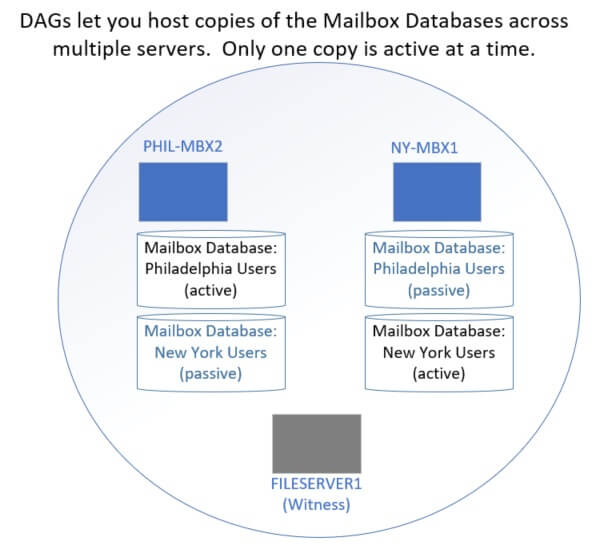
Exchange 16 Dag 3 Servers 2 Sites Kieri Solutions

Installing An Exchange Server 16 Database Availability Group Dag Ms Expert Talk

Configure Dag In Exchange 13

Exchange Server 10 Database Availability Group Installation
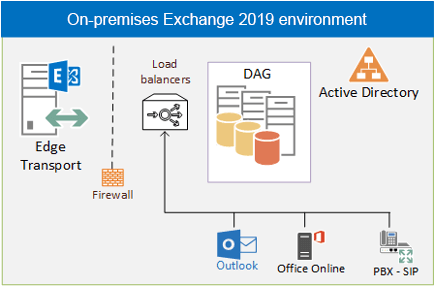
Professional Authorized Microsoft Exchange 19 Server Support Services

21 Exchange Server 16 Two Node Dag Enabling Dac Mode Alternate Witness Recovery In Single Site Youtube

How To Create And Configure Dag In Exchange 13 Theitbros

Microsoft Exchange Dag How It Works
Exchange 10 Dag Creation And Configuration Part 1 Simple Talk

How To Create And Configure Dag In Exchange 13 Step By Step Tekbloq

Creating Dag Step By Step In Exchange 10 Techrid
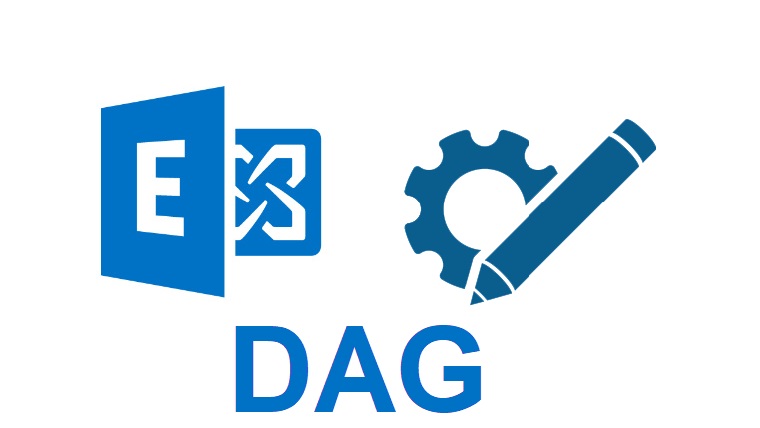
Install Updates On An Exchange Server Dag Rached Chader

Exchange 13 Dag With Dynamic Quorum Part 1

Microsoft Exchange Server Made Easy Quick Guide To Configure Dag Networking With Ms Exchange 10
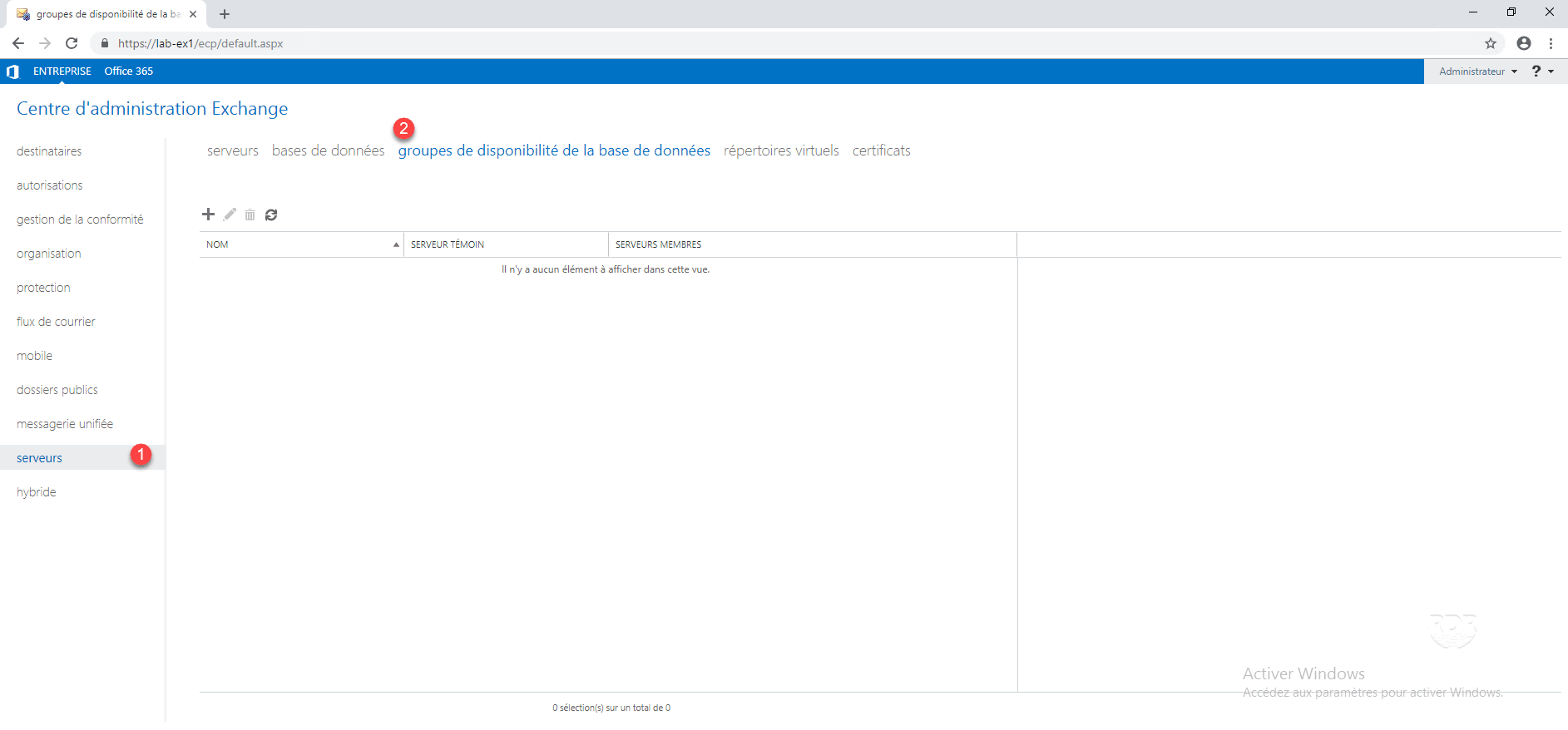
Exchange 16 How To Set Up A Dag Page 3 Of 7 Rdr It
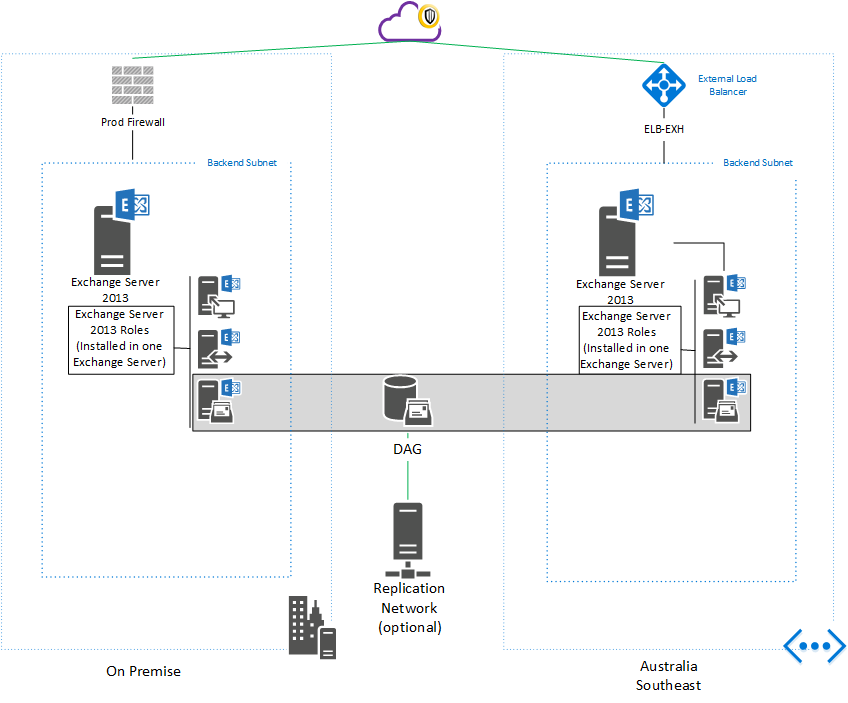
Exchange Deployment In The Cloud Kloud Blog

How To Create Dag On Exchange Server 16
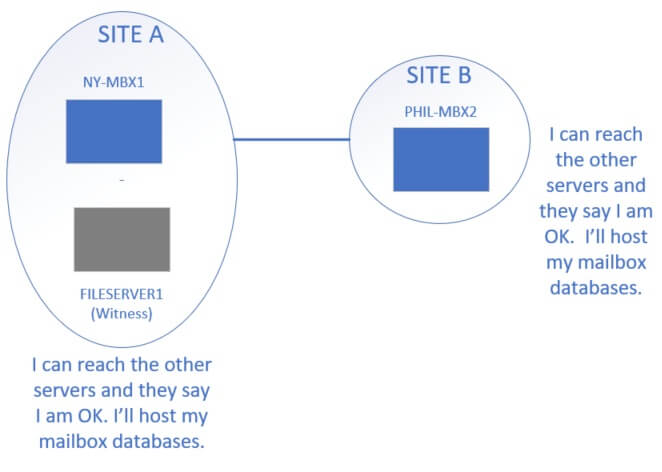
Exchange 16 Dag 3 Servers 2 Sites Kieri Solutions

Understanding Database Availability Group Dag In Exchange 10

High Availability Changes In Exchange Server 10 Dag Part 1 Memorise

Exchange 10 Dag Creation And Configuration Part 2 Simple Talk
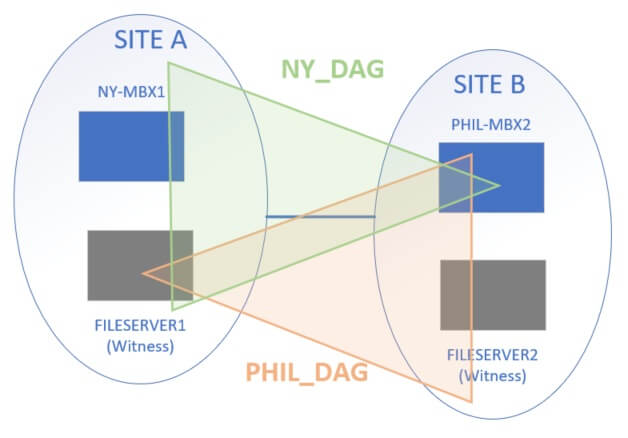
Exchange 16 Dag 3 Servers 2 Sites Kieri Solutions

How To Create Dag On Exchange Server 16

Vmotion And Exchange 10 Not Supported Virtualkenneth S Blog Hqvirtual Hire Qualityvirtualkenneth S Blog Hqvirtual Hire Quality
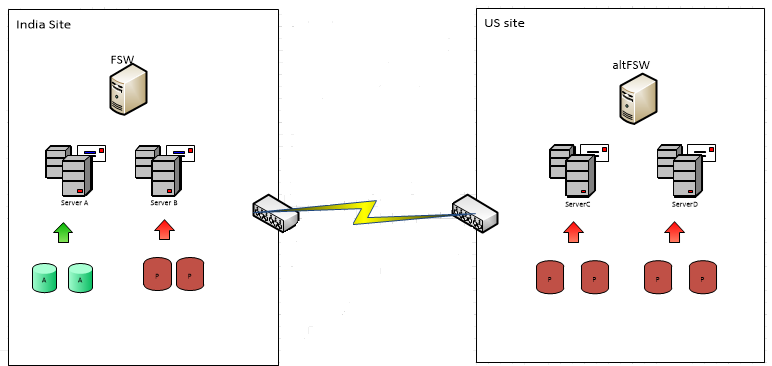
Datacenter Activation Coordination Dac Mode In Exchange Server Msexchangeguru Com
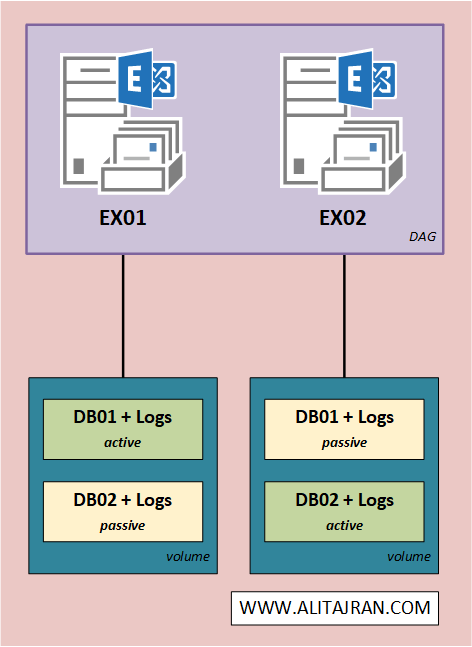
Exchange Database Best Practices Ali Tajran

Microsoft Exchange Dag How It Works
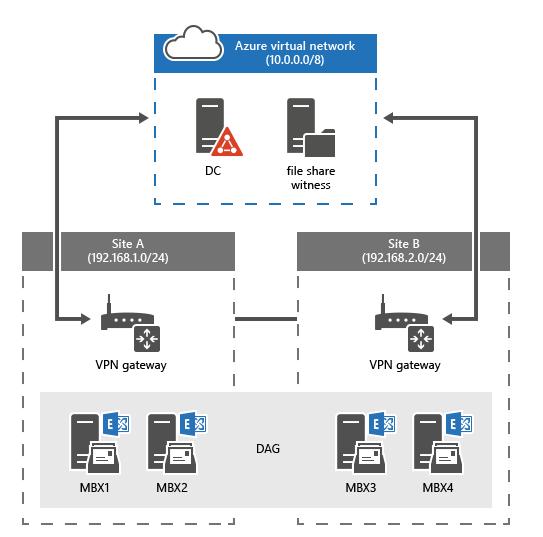
Using An Azure Vm As A Dag Witness Server Northtech Consulting Limited

Configure A Database Availability Group In Exchange 19 Xpertstec

Examining Multisite Database Availability Groups In Exchange 10

Exchange 16 13 And 10 Dag Configurations

Uncovering Exchange 10 Database Availability Groups Dags Part 1

Troubleshooting Dag Database Replication

Quorum For Exchange Server 13 Database Availability Groups

Microsoft Exchange Server Made Easy Understanding Exchange Server 16 Architecture
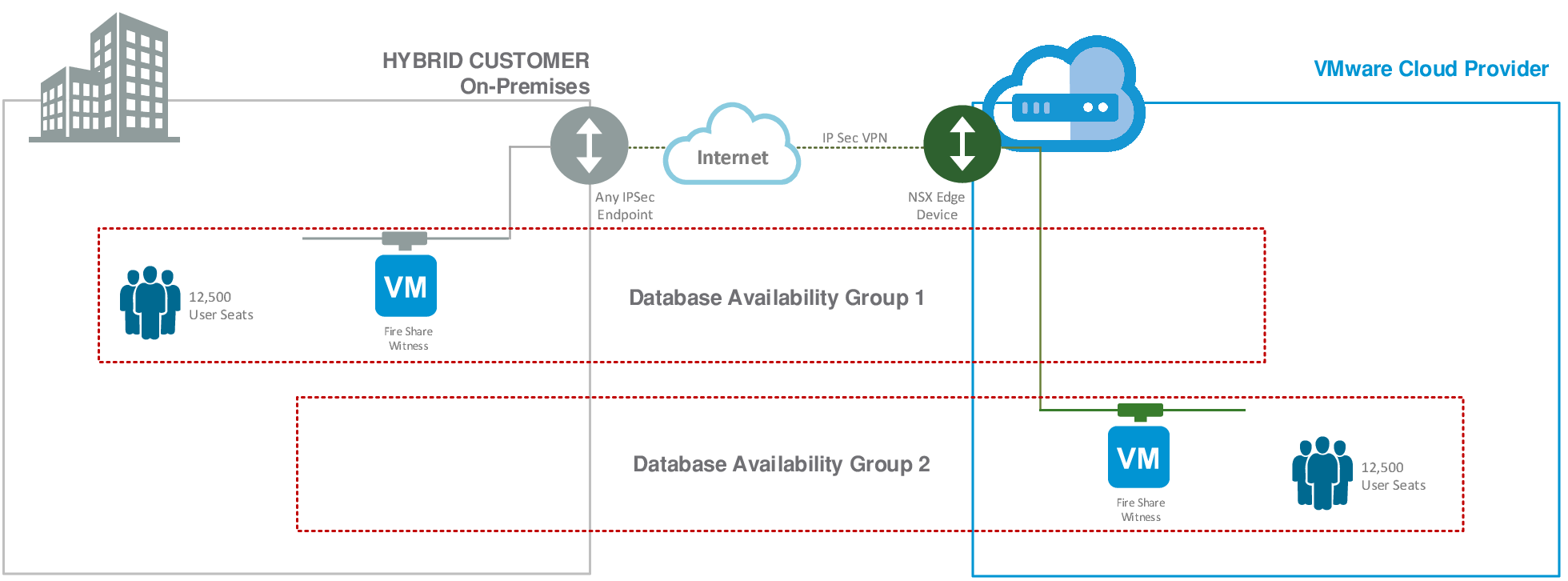
Introduction To Microsoft Exchange Server Dags

Exchange 10 To Exchange 16 Migration Part 3 Exchange 10 Dag And Outlook Anywhere Configuration Windowstechpro

Monitor Dag Database Availability Groups On Microsoft Exchange Mike S Blog
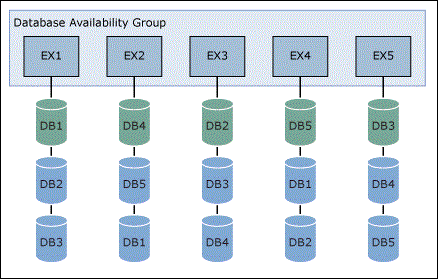
How To Backup Exchange Dags With Veeam Backup Replication

Step By Step Create A Database Availability Group Dag On Exchange Server 10 Tekbloq

Exchange 13 Dag Recovery In A Stretched Ad Site Part 1 4sysops

It S A Majority Thing Dag Voting Explained A Bit Telnetport25 Com
Solved Exchange Dag Cluster Network Choice During Install Dell Community
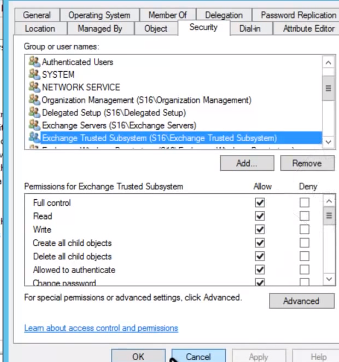
Data Corruption In Exchange 13 Server Dag Setup

Dag With 4 Servers In 2 Different Sites Ms Exchange

Exchange 10 Building A Database Availability Group Dag Expert S Of Symantec Microsoft Citrix Technologies
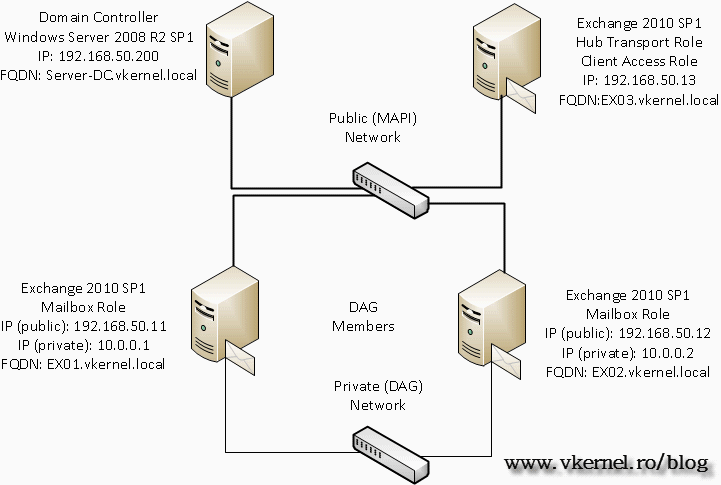
Creating And Configuring An Exchange 10 Database Availability Group Dag Adrian Costea S Blog
Consideration During The Installation Of Arcserve Exchange Agent In An Exchange 10 Dag Setup

Create Exchange 10 Database Availability Group Dag Thatlazyadmin
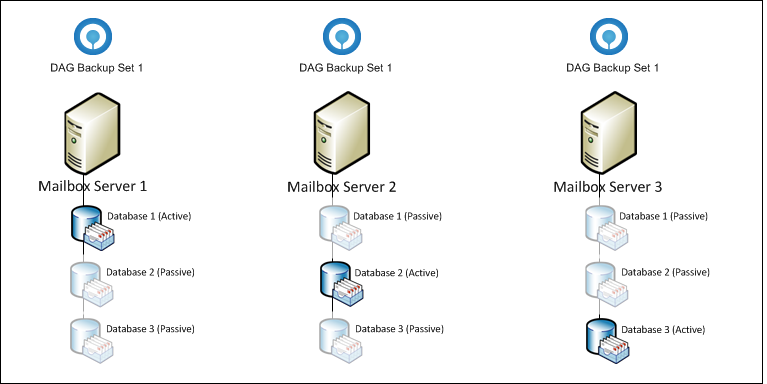
15 Backup Restore Microsoft Exchange Server

Exchange 16 Mail Level Backup Run On Exchange Server Dag Scenario

Creating A Two Node Exchange 13 Dag Jerridwills Com

Microsoft Exchange Role Requirement Calculator Part 1

Exchange Database Dag Powershell Sensor Prtg Manual

Profound Understanding Of Database Availability Groups In Exchange Server Data Recovery Blog

Best Practices Guide For Exchange Dag Experts Exchange

Exchange 10 Dag Step By Step Two Member Dag In Two Ad Sites Part I Welcome To Www Doitfixit Com

Exchange Configuration Guide For Sep Sesam Version 4 4 3 X Sepsesam

Configure Dag In Exchange 10

High Availability Changes In Exchange Server 10 Dag Part 1 Memorise

Changes To High Availability And Site Resilience Over Previous Versions Of Exchange Server Microsoft Docs
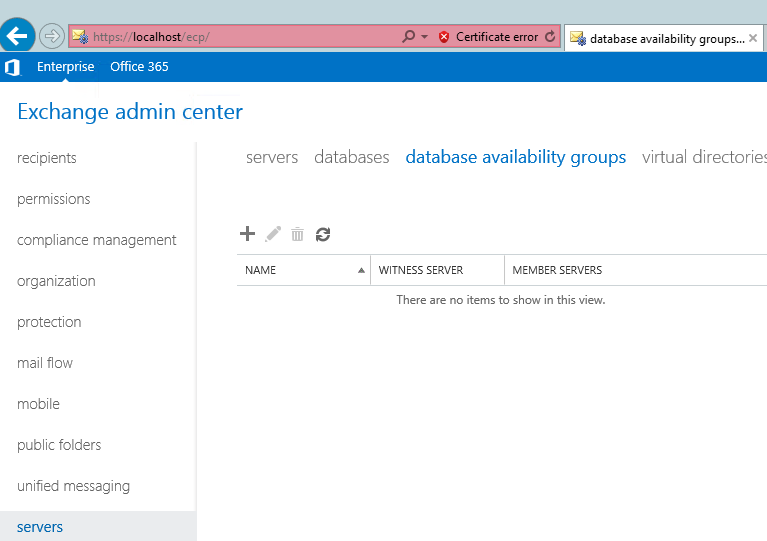
Exchange 13 16 Create Ip Less Dag With Sp1 Another Step To Simplification Msexchangeguru Com
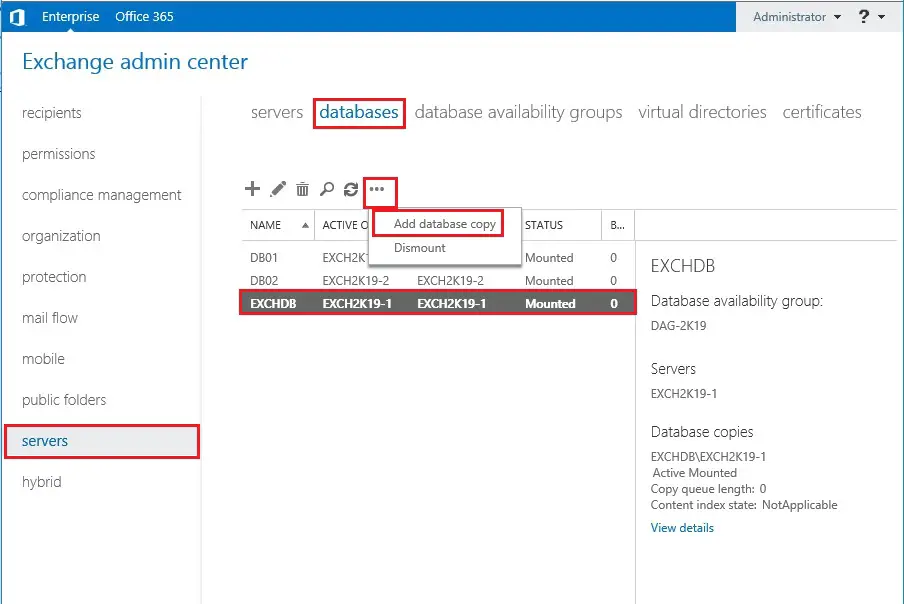
Configure Database Copies In Exchange Server 19 Dag Xpertstec

Exchange 16 Database Availability Group And Cloud Witness Jaap Wesselius

Understanding Database Availability Group Dag In Exchange 10

Exchange Server Architecture Microsoft Docs

Exchange High Availability Exchange High Availability Step By Step Exchange Site Resilience Site Resilience Exchange High Availability For Exchange High Availability Exchange Server Exchange Dag High Availability High Availability Dag Microsoft

Exchange 10 Site Resilience Multiple Dag Ips And Cluster Resources Elan Shudnow S Blog

Exchange Server 16 Database Availability Groups

Dag Or Server A Database S Got To Be Owned Somewhere It Pro

How To Rename Dag Network Using Powershell 250 Hello
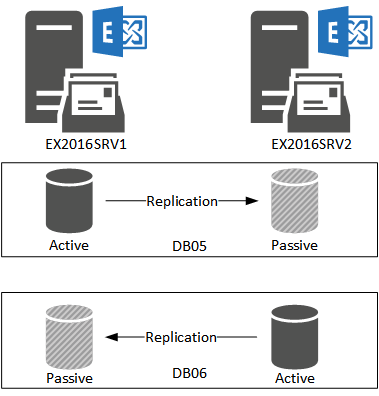
Exchange Server 16 Database Availability Groups

Managing Database Copies For Exchange 16 Dags

Exchange 13 Dag With Dynamic Quorum Part 1

Move Database Between Two Dag S Syscloud Dev
Forums Exchange 10 Dag Nodes Grey Out

Installing An Exchange Server 13 Database Availability Group

Dag Failover Scenario Video Exchange Server Monitoring Essential

Question How To Change The Dag Witness Server On Exchange Server 13 Learn It And Devops
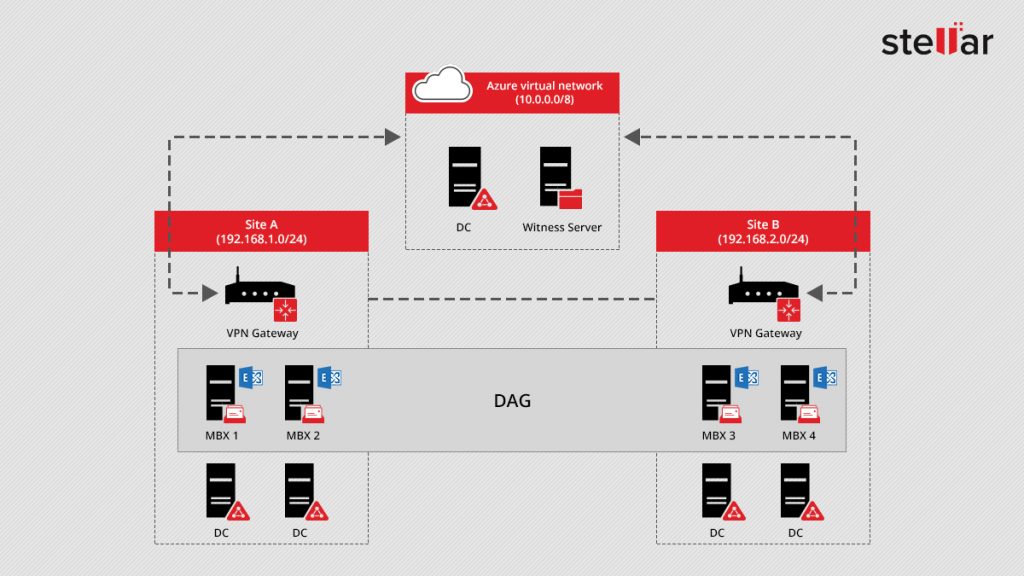
How To Solve Exchange 16 Dag Failover

16 Configuring Dag Network Manually In Exchange 16 Youtube

Exchange Replication Over A Split Network Nero Blanco End To End It Migration

Configuring Database Availability Group Dag In Exchange 16 Vembu Com

Exchange 13 Simplifies Dag Management Thoughtsofanidlemind S Blog

Microsoft Exchange Role Requirement Calculator Part 1
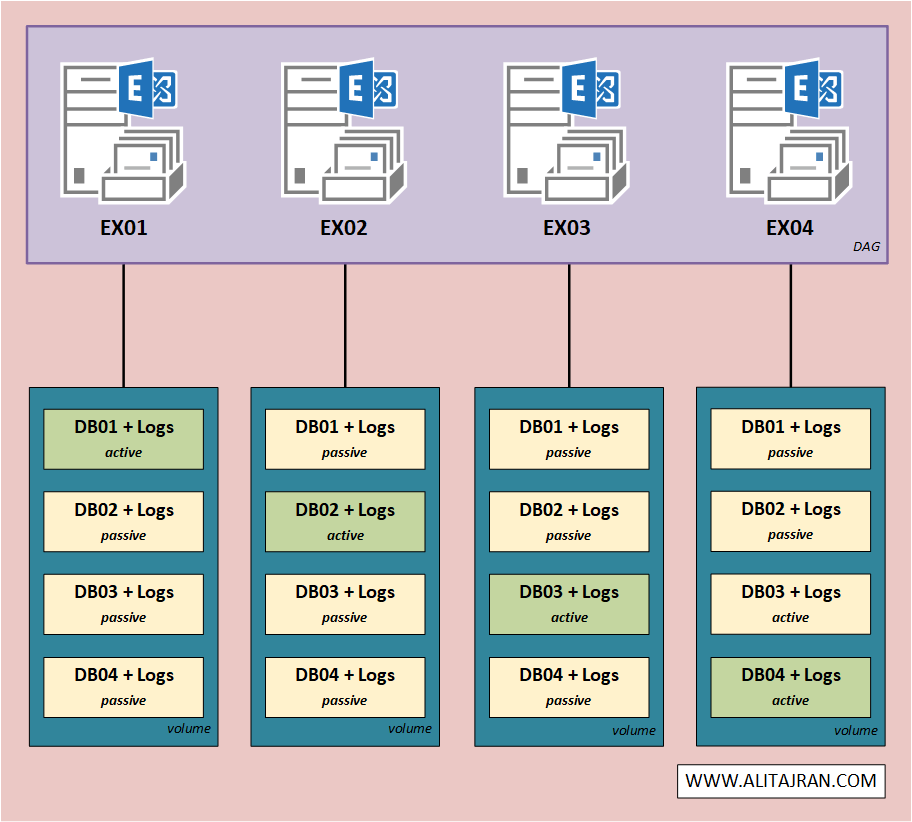
Exchange Database Best Practices Ali Tajran



